Hey everyone,
So back in September, 2021 I was working for Liza Loop, and I was working on her Apple ll Rev. 4 Unit, and the whole rest of the computer works, EXCEPT for this PSU. I decided to fix it for her. But I need a schematic too see how it works, and I have been unable to locate a manual for schematic for this PSU. It appears to not be the mornally used PSU in the Apple ll Plus units as well as the later Apple lls...
Heres some photos of it.
Anyone have any ideas/help/suggestions?
Best,
Logan


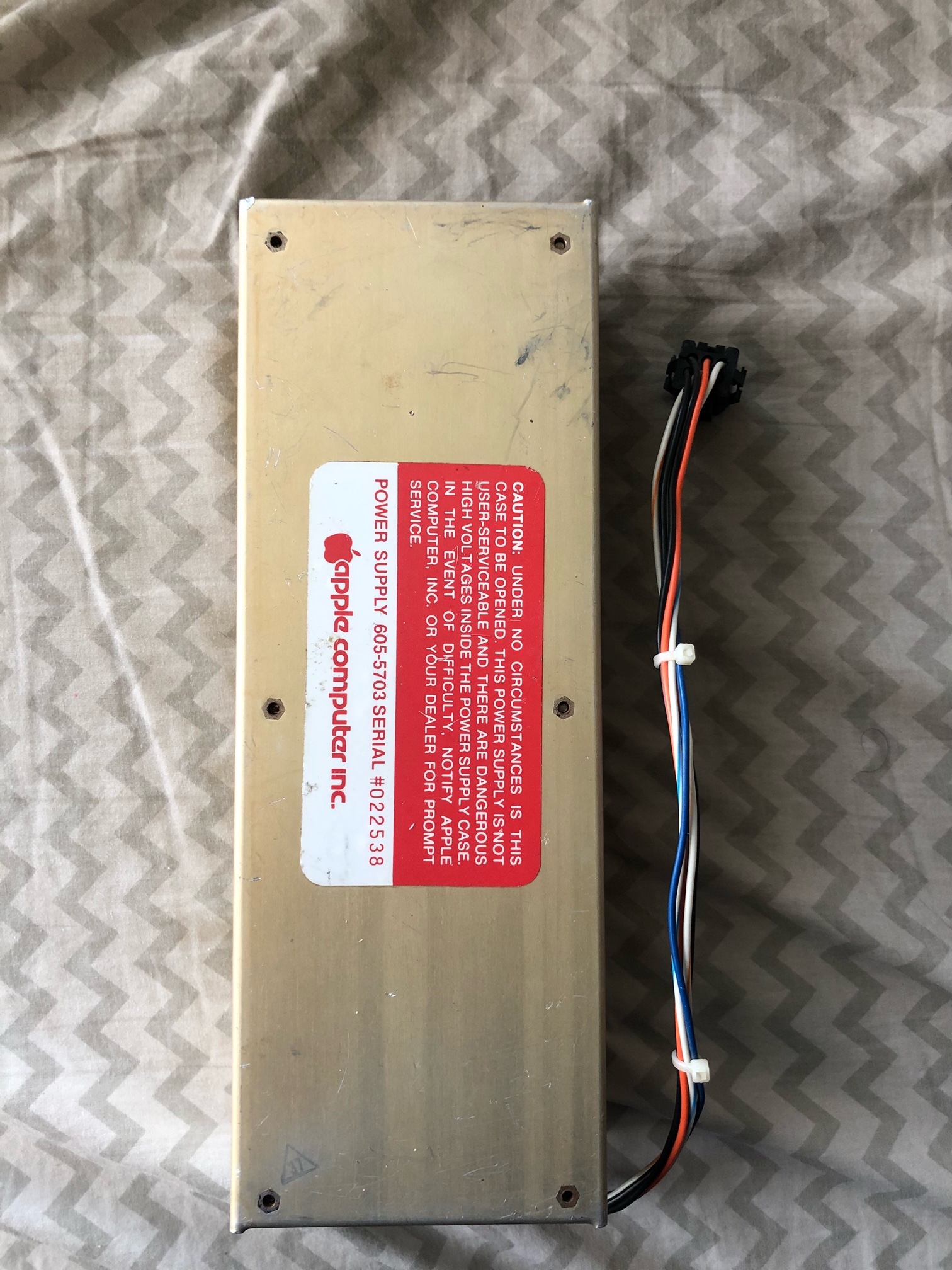
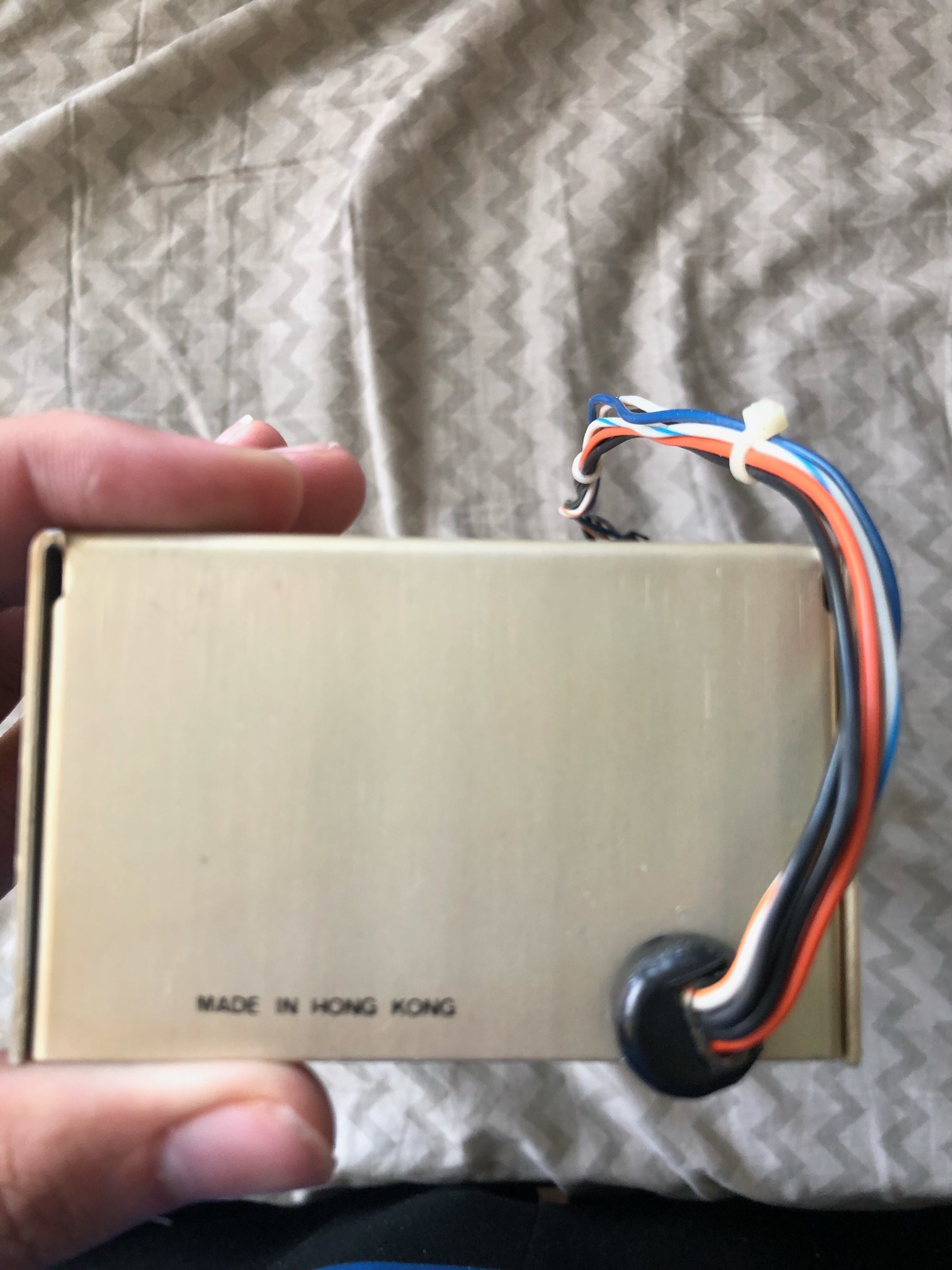
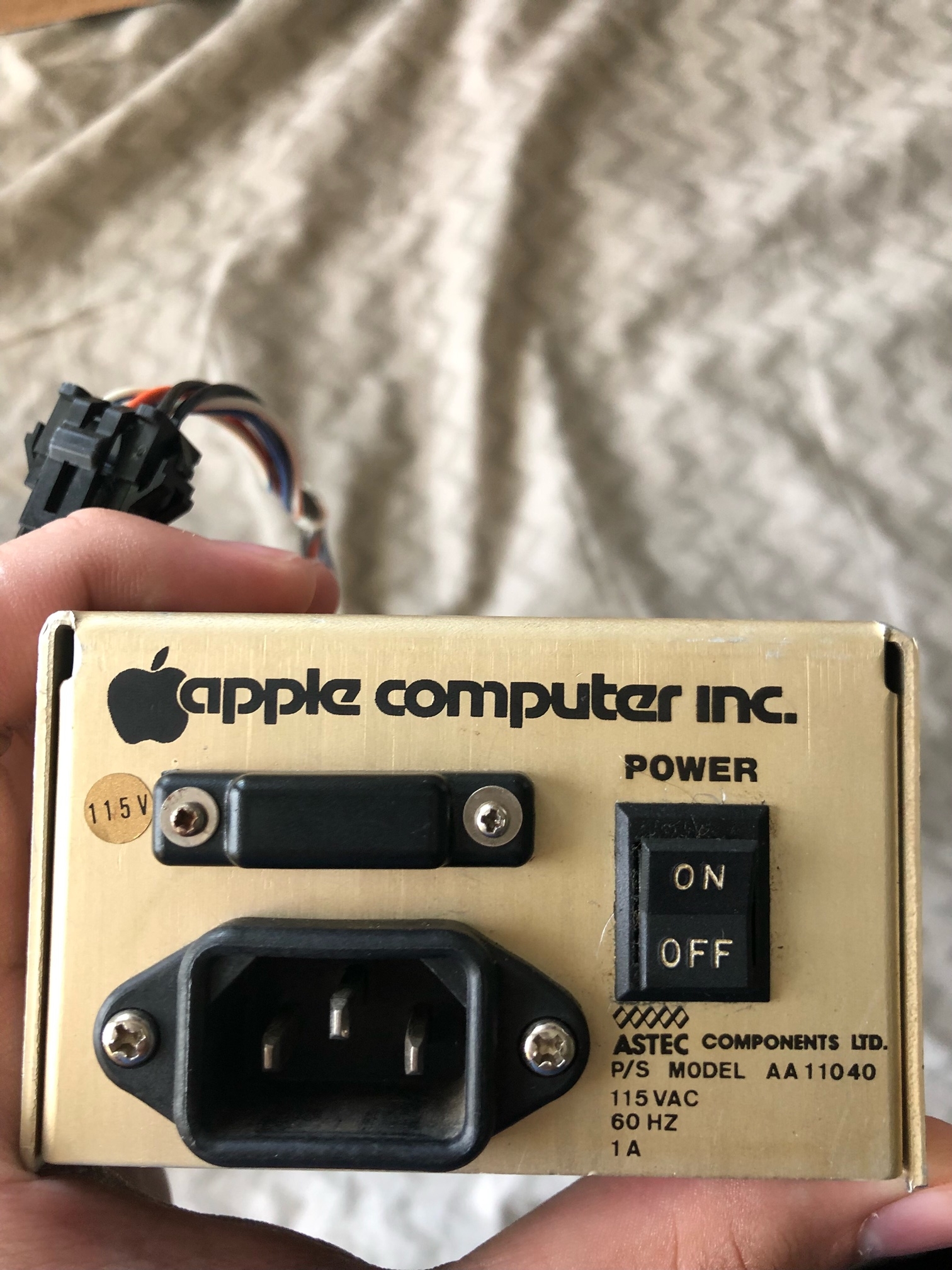

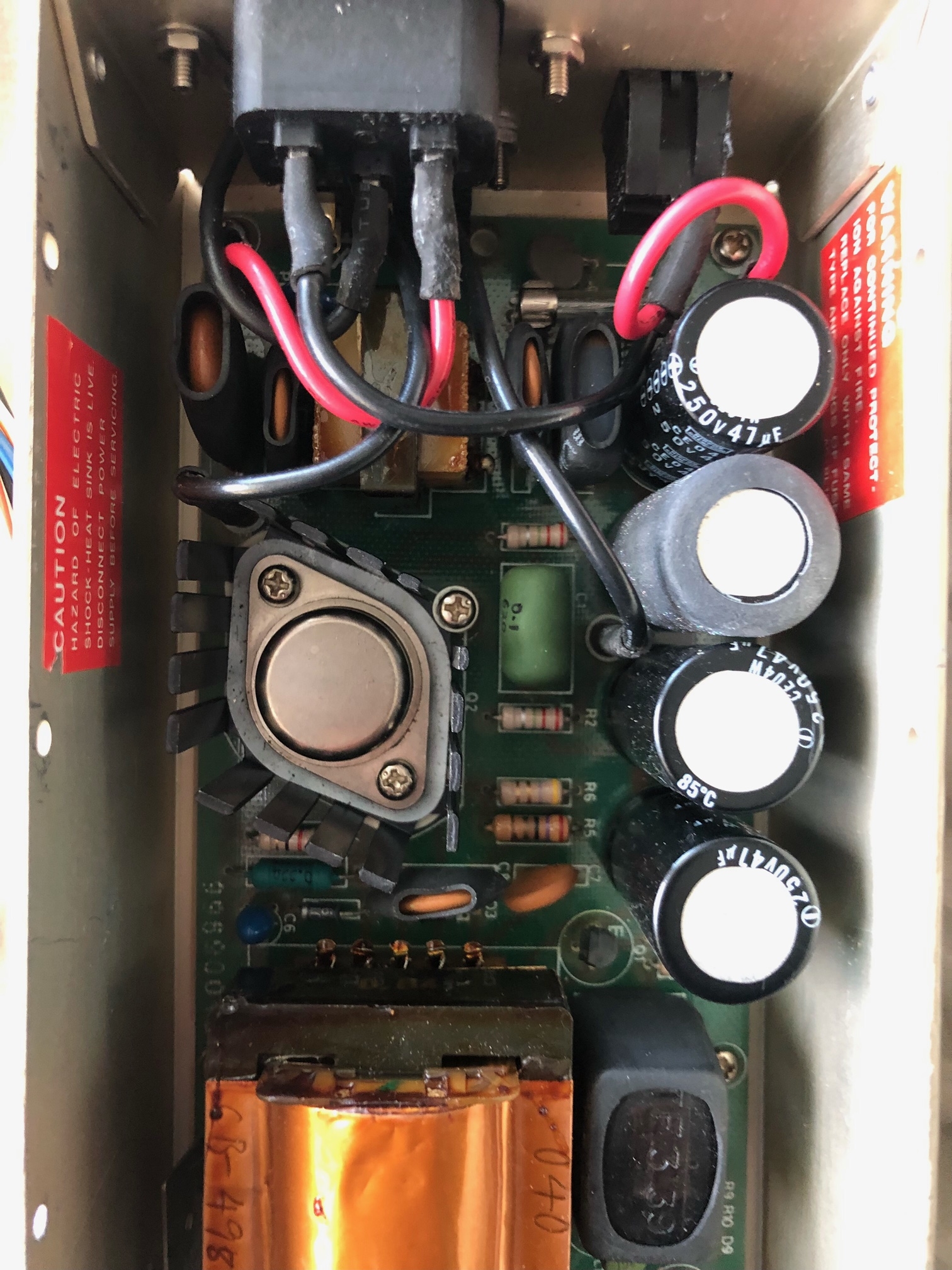

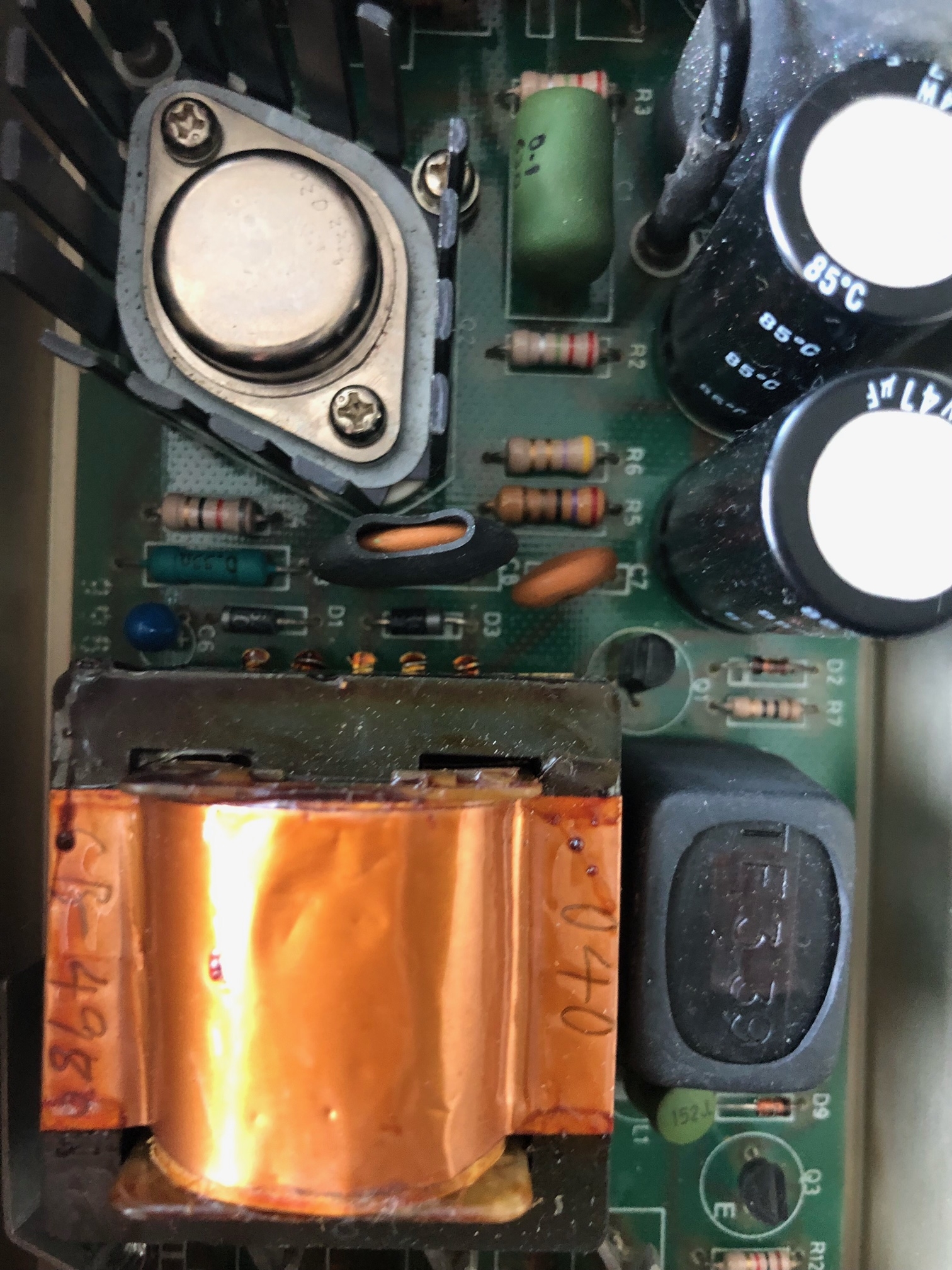
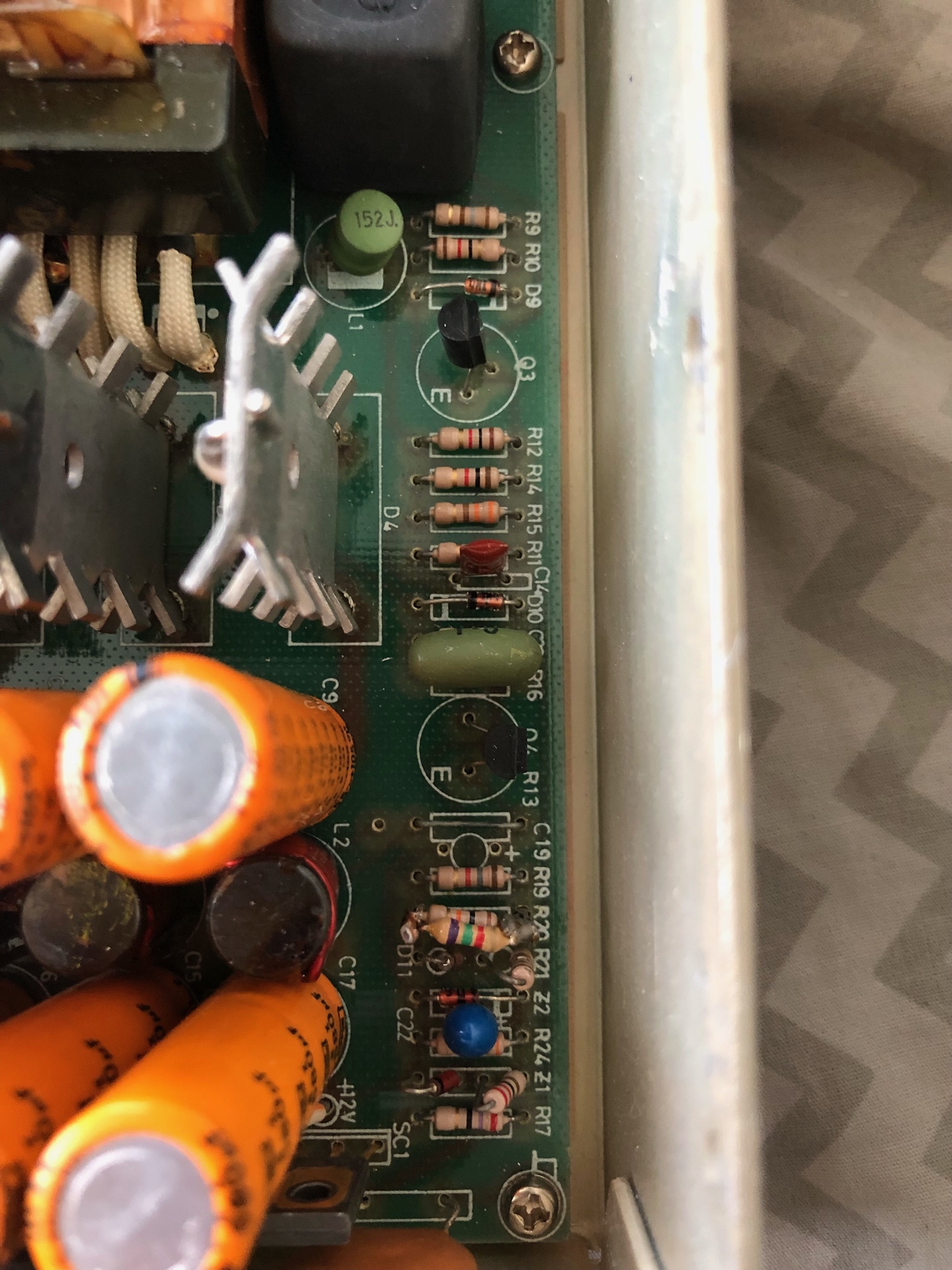
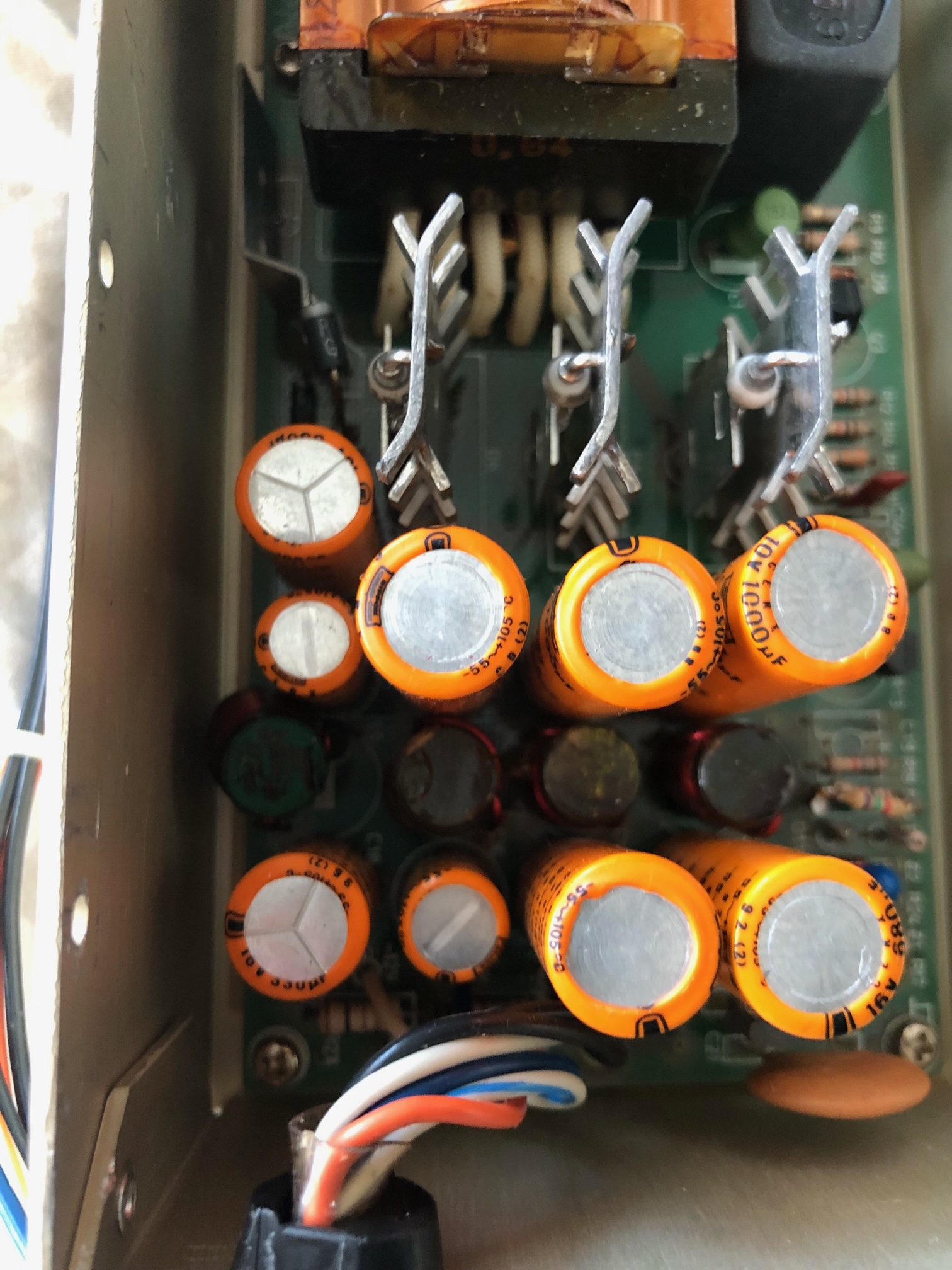

The 11040 schematic isn't hard to find. Took about 10 seconds of Google.
https://ia600908.us.archive.org/15/items/Astec_Power_Supplies_Aug82/Astec_Power_Supplies_Aug82.pdf
Nick,
The issue is I can't find a diagram of the component layout, that website shows the other two different types.
Best,
Logan
You literally said you can't find a schematic in your post. What I linked to has the schematic for that psu. Now you want a component layout? If you can't translate a schematic into a component layout, you probably shouldn't be working on a psu.
Re: @nick3092 "Now you want a component layout? If you can't translate a schematic into a component layout, you probably shouldn't be working on a psu."
A little harsh, don't you think? Everyone has to start somewhere /sometime and none of us were born with the knowledge.
Just say'n ...
When you say you intend to fix it, what do you mean? Are you planning to recap it to prevent problems? Fix it because it does not work? Usually these are pretty straight forward and plans normally fall into 3 categories. I won't go into the mechanical details here, you can easily find them with Google, instead I will summarize popular approaches to restoring or fixing these very reliable power supplies.
I my experience, 90% of failures are just a bad capacitor or two. Occasionally, one of the transistors or the fuse is blown too. Repairs are simple. Just make sure the high voltage side capacitors are discharged unless you like getting zapped. You can find lots of tips for rebuilding Astec 11040 power supplies using Google and on youtube. While they probably won’t apply exactly to your early PS, most tips are applicable. You will find lots of stuff on AppleFritter too.Astec produced a number of different variations of this power supply which worked the same and were interchangable. You can swap a PS from any Apple ][, ][ Plus or (nonPlatinum //e) to test the system before you repair this PS. You appear to have the one of the earliest variations without noise suppressing RIFA caps. Just out of curiosity, is there a date stamp on the bottom of the PS? I’d guess 1979 or earlier. While the document Nick3092 suggested is very good and a common reference document, it omits the component layout for the earliest variations ( like the one you have) which produced too much RFI (it messed with your 1977 analog TV and your neighbors too) and upset the FCC. So it was usually replaced with more RFI friendly internals as shown in the pdf suggested by Nick3092.
Popular approaches to fixing Astec 11040 power supplies
1) Replace the yellow RIFA caps on the high voltage side. I don’t see any of these in your pictures, and it is not your concern because I think your PS is too early for that. The rest of this paragraph applies to more common PS, I include it here only as background to info you may find in lots of internet suggestions for the general Astec 11040 repairs. These caps only provide RFI filtering to keep the Apple II from messing with other nearby electronics and the power supply will function properly when they blow. Eventually, they WILL blow and really stink for days. They splatter corrosive brown gunk and it needs to be removed to avoid damage to other PS components. Avoiding the bad smell is the main reason to replace them. I consider this a must do with any Apple II. ReactiveMicro.com and lots of other places sell these RIFA caps if you want original appearance inside the PS. Other types of caps are often substituted to provide the same function with better a lifespan. Some people simply cut them out to prevent them blowing, stinking and spewing brown gunk but that does produce a lot more RFI. I have clipped one lead on ones with big cracks until I could replace them.
2) Recap the power supply. Some people replace all caps due to age, others replace only the bad ones. I usually replace the bad ones. You can source the parts easily from Digi-Key, Mouser, Jameco etc. Console5.com sells a complete kit for about $10 plus shipping so you can easily get the correct parts. Your early PS uses the same parts, just in different locations on the board. Swap old like components with the new ones.
3) Replace the guts of the PS with a more modern, more stable and all round better PS. To do this you pull the guts from the PS case and insert the modern replacement. From the outside, nobody can tell and the rest of your computer is protected by much better power which should last another 50 years. The downside to this is it runs about $100 from ReactiveMicro. Given the age of your PS, I suspect you have an early production date which might justify a $100 fix/prevention over a $10 fix. This is what I do for any pre1980 machine in my collection.
Just out of curiosity, what dates are on the motherboard and on the bottom of the PS? What is the part number and serial number?
Good luck
This answer gets my vote, especially if you have a troublesome power supply that is defying attempts to repair.
In my experience, only two capacitors commonly fail on Astec supplies. The RFI suppression (RIFA) cap, and the small 220 uF cap sometimes labelled C12 but can be labeled otherwise on certain models. It's usually sitting alone on the board without other electrolytics around it. It's usually beside a power resistor which is a contribution factor to its premature demise as the resistor radiates a lot of heat.
If the failure mode is outside this, I usually don't carry on troubleshooting and order a new universal power supply kit from ReActive Micro.
Especially if you want high reliability, as I do becuase my IIs are in heavy use most of the time, and one IIe runs a BBS 24-7-365 so reliability is key.
With the ReActive Micro supply you will never know by looking that a modern power supply lives in the case.
https://www.reactivemicro.com/product/universal-psu-kit/
Hi Logan,
We all started out somewhere and by asking questions is how we learn. I ask a lot of questions before I get into something new. I've rebuilt a decent amount of these power supplies and there's really no dilema. You can go about it several ways. Like those have mentioned you can buy a kit from Console5, Luke is a great guy, or you can use a distributor like Mouser or Digikey and buy multiples of each capacitor and save money if you plan on recapping any in the future. The values are written right on the capacitor, so you really don't even need any documentation to do a recap. From past experience, test the PSU, preferably with a voltage board if you have one, and see what its outputs are. YOU MUST HAVE IT CONNECTED to get true output readings. If the readings are with in +/- 5%, personally, I'd leave it alone. There are either 1 or 2 "RIFA" suppression capacitors near where the power switch is, they're yellow and usually blow open. They are only there as a safety, the PSU will function fine with them blown, they just smell real bad. I would change them anyway, blown or not. There's no polarity on them either. All the others have polarity. I mean, yeah they're 35+ year old caps, and yeah they probably aren't in the best shape, a full recap won't hurt, but I don't feel it's necessary if you get good readings. Definelely do the RIFAs though. Avoid the smell!!
The RIFA should always be replaced as they not only smell, they can catch fire (they are basically full of paper).
When RIFAs blow sometimes they take other parts out with them. Sometimes just the fuse, but other times it can be worse. Replacing them is good prevention of further problems.
In post #6, 8bitheavon wrote:
"3) Replace the guts of the PS with a more modern, more stable and all round better PS. To do this you pull the guts from the PS case and insert the modern replacement. From the outside, nobody can tell and the rest of your computer is protected by much better power which should last another 50 years. The downside to this is it runs about $100 from ReactiveMicro. Given the age of your PS, I suspect you have an early production date which might justify a $100 fix/prevention over a $10 fix. This is what I do for any pre1980 machine in my collection."
Uncle Bernie agrees and disagrees !
As far as tossing the old guts away and replacing them with a new switchmode power supply I fully agree.
I don't agree with the usurious $100 price quoted: you can sure find some newly made, electrically safe, and much more efficient modern "open frame" type PSU which can make +5V, +12V and -12V for somewhere between $20 and $35. The -5V lacking on these industry standard PSU you can make with a 7905 TO-220 regulator from the -12V rail. Do not bolt it to the old metal enclosure, though, the tab is not ground but the Vin. The Apple II only draws 250 mA from the -5V supply and the 7905 can do that without any heat sink when fed with -12V. If needed, you still could bolt it to the metal enclosure using an insulated mounting kit for TO-220.
DON'T TRY TO REPAIR OLD SWITCHMODE POWER SUPPLIES !
There are three devices / deathtraps in every household which you never, ever, should try to "repair" yourself:
1. The main electrical panel (nor any subpanels)
2. The microwave oven
3. Any switchmode power supply
For the first one, call a trained and licensed electrician, he has insurance, so if he gets killed, no costs for you to dispose of the body ;-)
The other two just toss away, but snip off the line cord so curious kids could not experiment with it if they pull it out of your trash can.
Nobody right in their minds repairs switchmode power supplies. The professional way is to replace a bad one with a new one and destroy the bad one. Not only are the new ones so cheap that repair is not economically feasable, it's also a huge liability issue. The electrical safety and safety against the inherent fire hazard certified by UL or other certifying organisations is only valid for the PSU using the specified components and as put together and tested by the original manufacturer. Any modification voids this certification and now you have bitten off a huuuge chunk of liability. And this is not a money making scheme, to the contrary. In a switchmode PSU, there are almost no ordinary components which could be replaced haphazardly with substitutes sold by hobby stores. All the components in such a PSU have been painstakingly chosen, tested, and qualified for this application. The electrolytic capacitors have special, sometimes custom, ripple current ratings tailored for the particular switchmode power supply circuit. You can't use a "substitute" there. You would need the exact same part from the same original manufacturer. Here are some known dangers:
- in the input circuit there is at least one electrolytic capacitor with enough voltage / charge to kill you instantly. Some commenters have suggested to "discharge" it because they know the danger. How do you plan to do this ? With both hands ? In this case, if you slip or the insulation is not adequate, the discharge current may flow though both arms via the heart, causing death by cardiac arrest. In electronics labs they have special contraptions to discharge such capacitors needing only one hand, the other one being idle: a long insulated rod with two contact prongs and a resistor between them. And another one with a neon bulb to check if the voltage is low enough to check again with another instrument.
- any electrolytic capacitor in the switchmode power supply can explode fiercly enough to cost you a finger or to take one or two eyes out. The electrolyte is toxic and the aluminum foil shreds may cause further shorts, causing a chain reaction towards an even worse outcome. Professionals who develop such PSUs in the lab wear safety goggles and there is a plexiglass plate over the experimental unit, for safety reasons. And they are not allowed to work alone in the lab, so rescue / first aid always is present. There are emergency power cut off buttons everywhere within reach, and there is a defibrillator to restart a stopped heart. There are fire extinguishers fit for electronics and high voltage (often, Halon types). You happen to have all these items in your kitchen to safely work on that switchmode PSU ?
There is a reason why it is generally prohibited to repair switchmode power supplies. Have you ever noticed that on many of the newer ones there are stickers "No user serviable parts inside" (or more serious warnings, with words like "injury", "fire hazard", "death") on them and that the screws often are special ones which are not meant to be ever unscrewed again ?
Just DON'T try to repair such things. Stay alive and prosper instead !
I guess I like to live dangerously, because I have no fear of doing things like swapping out some RIFAs or leaky electrolytics in a switching power supply. Then again... I also like to tinker with tube amps for guitar... And those are far more dangerous. Much larger caps (some of them almost as big as a soda can) and often between 300V and 450V AC coming from the main transformer. Hasn't killed me yet. Worst thing I've done was blown the tip off a screwdriver that accidentally crossed the wrong set of contacts. So yeah, it is dangerous... but I also race cars and that is dangerous too... You only live once.
So as I read all that, it seems UncleBernie agrees with the strategy, but objects only/mostly to the "high cost" of a turnkey soltuion. Fair enough.
His safety concerns are legitimate and his technical experience is outstanding. I always let the power supplies "drain" for a few weeks before I start working on them. Making informed decisions is the key. There us always a risk/reward calculation in all we choose to do or not to do.
UncleBernie needs to remember that the $100 not only gets you a high quality medical grade power supply with the four output voltages, it gets you the rest of the retrofit kit to make the power supply kit truly uiniversal and fit into any Apple II power supply case.
If the price is too high, ReActive Micro also sells the bare power supply for less.
And I have tried to source out bare open frame power supplies, and it's quite a chore to find one with (a) the right dimensions and (b) the four output voltages.
Most are missing the -12V. And the price is somehwat more than the $30 he suggested.
Lastly, we're supporting ReActive Micro, a business that specializes in keeping our hobby going, and that has got to be worth something. It's Henry Courbis's full time job, too - that's how he makes his living as unlikely as that may seem.